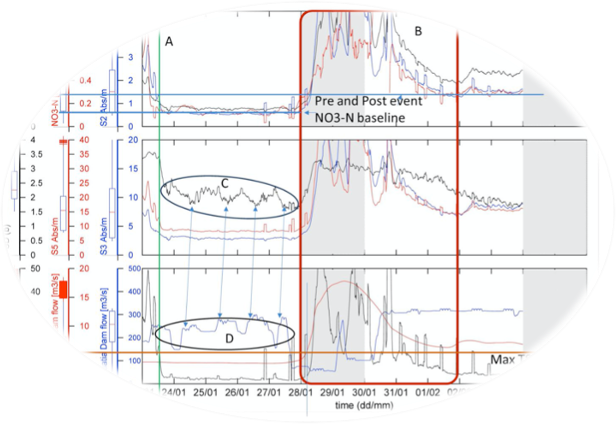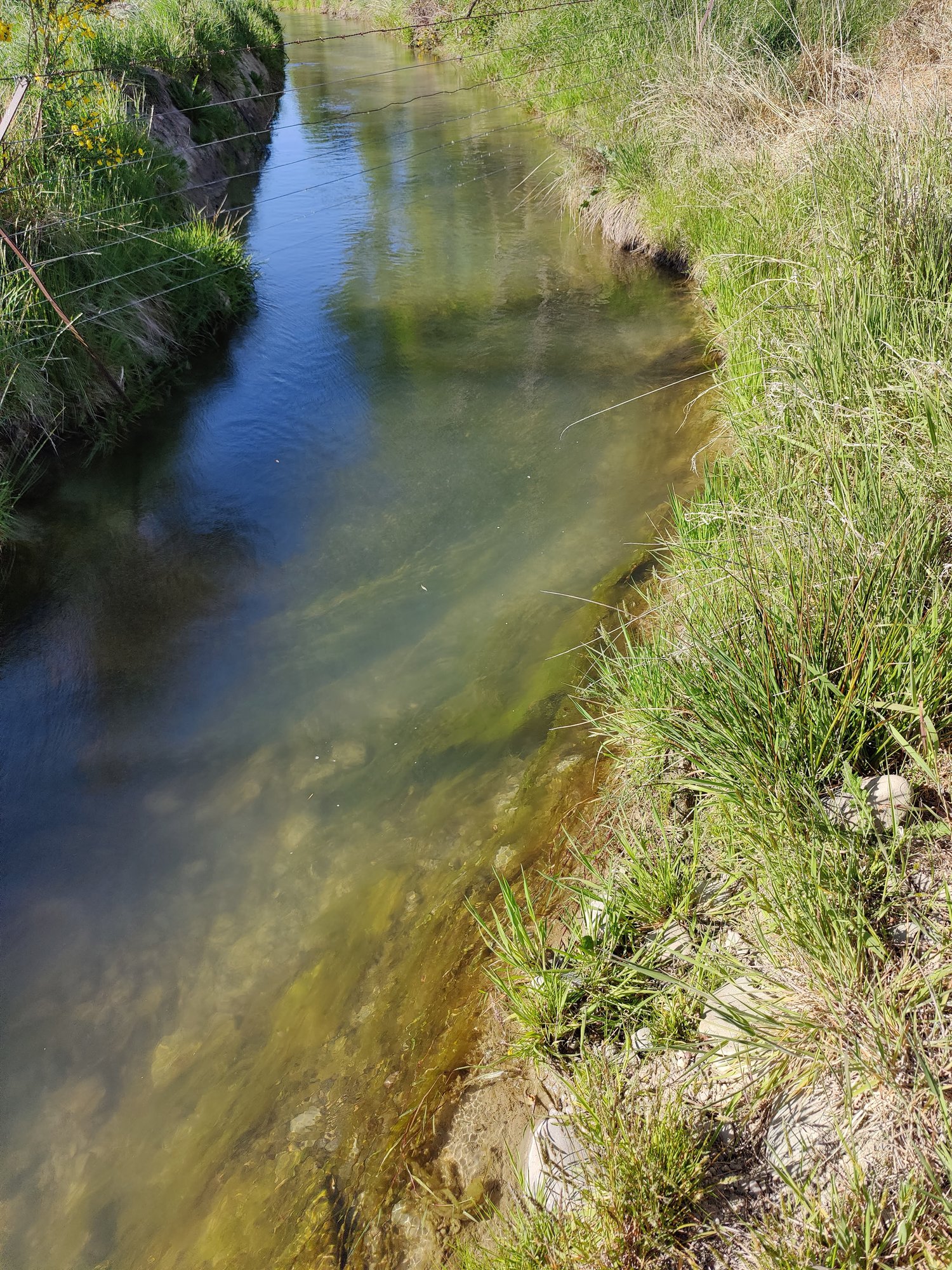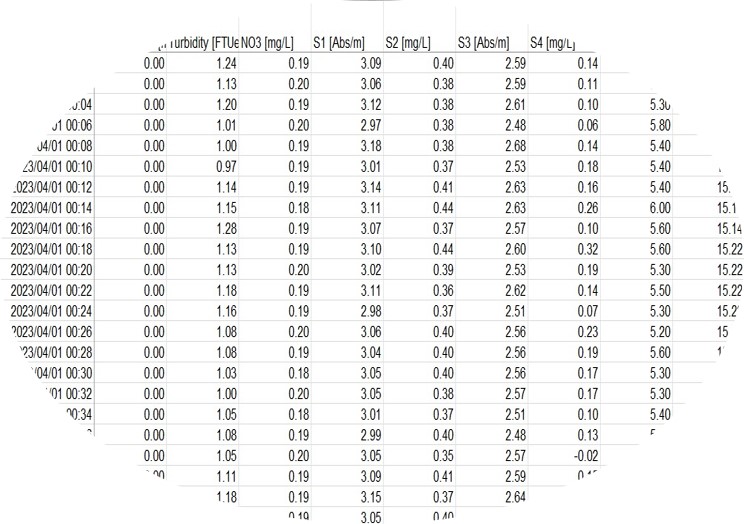Let's Be Clear
Providing Real Time Insight into the Health and Wellbeing of Aotearoa New Zealand Waterways

We are a collective of professionals with a passion for the waterways of Aotearoa.
We believe that the reality of the health and wellbeing of our waterways is largely unknown to the public due to a lack of real time data and the tools to understand it.
Our perception is that the gap between perception and reality is only really visible to a very small group of people. We believe that this needs to change.
Let’s Be Clear is a charitable trust that provides data and the educational tools to ensure everyone can “see” waterway health and understand why it is the way it is.
We work with the community, regulators, and science professionals, to use this understanding to create collaborative agreement on needed change to improve waterway health. This collaboration then helps define and implement the most practical and cost-effective pathways to achieve it.



There is a general acceptance that there has been significant degradation of our rivers and lakes since our ancestors arrived in Aotearoa New Zealand. There is no doubt that increasing human populations, industrialisation, forestry, and agricultural intensification are part of the cause of waterway degradation. Climate change adds to these pressures.
There are increasingly frequent scientific, environmental, and journalistic articles imploring us to act.
Despite these articles, from the public’s perspective, there is still a lack of recognition of the increasing environmental damage and more importantly, how it will affect us all.
Let’s Be Clear intends to clarify to all of us how waterway health and water quality directly and indirectly cost every New Zealand resident.
Let’s Be Clear believes that we have an opportunity to work as a team, through knowledge and understanding, to have input, and take the needed action to ensure our waterways are clean and suitable for all people to use at a price we can afford.
Waterway health and wellbeing changes very rapidly. A few sunny days can result in an algal bloom, made possible by nutrient inputs which may have occurred days or weeks prior. The algae, which need light to grow, were just waiting for the right growth conditions. Do we try to block out the sun or do we look at how to reduce the nutrient inputs? Can we create other pathways to limit this growth or to favour a change in the algal species that grows on the nutrients? Can we do a bit of all these things and more?
The key to defining what can be done, is real time knowledge of what is actually occurring, why it happens and where. This information is not provided by the monthly monitoring by Regional Council’s as reported in State of the Environment (SOE) data.
Once we have detailed information, we can all contribute ideas on how the current reality might be changed and see it as it changes. We can also help to create that new reality technically and physically through voluntary, rapid, and ongoing action.
This is why Let’s Be Clear’s vision is an open source of validated real time water quality and health information that can be understood by all of us, measured on all “at risk” waterways in New Zealand.
We are currently focused on the Upper Waikato River. This river is the sole or primary drinking water source for approximately 1.6 million Kiwi’s.
It is made up of 8 hydro lakes created between Taupo and Hamilton. It includes Lake Karapiro which is internationally renowned as a rowing and water sports venue. All of the lakes are suffering significant bright green cyanobacterial blooms despite the vast bulk of water coming from the very clean Lake Taupo.
These lakes host many local and international water sports events and cyanobacterial alert warnings on Lakes from Karapiro to Ohakuri this summer has negative impacts on water use by locals and for our international image. The "Green" in "Clean and Green" is meant to be the land, not the water!
We are providing water quality data using monitoring stations donated and maintained by DCM Process Control and supported by the generosity of the river community and businesses who provide river access and power.
Our mission is to extend this network across the country and bring that information direct to all who have an interest in our waterways.
To achieve this, we need your help. We need to raise awareness, obtain field information such as photo’s, video’s via our app, increase practical support, and gain funding for additional stations.
If you can help in any way, please fill in our contact form. If you can contribute through involving your community, providing funding or knowledge please let us know.
Why It Matters
It matters because clean water is a basic requirement for the survival of all life. The water quality of rivers and lakes in New Zealand directly impacts the cost of using it for drinking water and the risk of contact with it to human and animal health.
It matters because all Kiwis want to understand the reality of major issues that directly or indirectly affect us. Water affects us all and we pay a lot to ensure we have it available to drink, wash, and to use for recreation and the gathering of food.
It matters because Kiwis expect clarity on what the Government and those groups tasked with managing our future water health are doing to manage current and future risks to those systems. Let’s Be Clear is helping them to provide this
We want to bring a knowledgeable public in on all conversation and implementation activities along the pathway to healthy waterways.

Our Work
Data
Starting with the Upper Waikato River and its tributaries we will work to close the currently recognised and newly discovered knowledge gaps which prevent a holistic understanding of river health along long stretches of river and across lakes.
Monitoring stations are currently operating along the Upper Waikato with data transmitted back to our central office at DCM Process Control.
The stations provide us and Waikato Regional Council (WRC) ecologists with an increased understanding of the dynamics in Waikato River nutrient concentrations, including nitrate, that is not available from (though is supported by) WRC grab sampling records.
The most recent reported study used 7 monitoring stations providing data at 10-minute intervals over a 200 km stretch of river.
The current focus is on the Ohaaki to Ohakuri Dam which is indicated by the previous study to be of particular interest for algal bloom development affecting all downriver locations.
Analysis

We will analyse what the data trends tell us about the shifting nutrient concentrations and the response of the river biology to them. We will evaluate this under different temperature, flow and sunlight conditions to see how this alters what grows and where, which is important to understanding the waterway.
Let’s Be Clear will then make this understanding available for public viewing. The goal being to allow all who want to have a better understanding of the localised or overall impacts on drinking water, water-based activities, and businesses associated with the waterway can evaluate that.
This analysis helps us understand the causes and relative effect of factors that influence water health and how we can influence this for overall benefit.
Access to that knowledge by all is the central requirement that ensures we can all work together.
Education

A public that understands our water system and how different activities influence it, is more likely to want to be involved in proactive management of it.
Knowledge is the key to effective water management however it loses its power unless it is spread widely through public education. Proactive rather than passive sharing of information and knowledge creates awareness across the wider community. This allows all of us to add to the collective effort in making decisions for our environment.
Scientific papers and technical articles in journals over many years highlight the issues on our waterways. These have been the key to allowing Let’s Be Clear to target its efforts to expand this work into real time visibility and public understanding of their content. Our goal is to make understanding available to those in the community who want to be involved but are not a scientist or a recognised academic.
Our mission is to increase both coverage and contribution of new information across Aotearoa New Zealand. Allowing the community a place to input and share photos and information from waterways is vital to supporting other water quality data. Providing a platform of observations, learnings, and actions for all is our goal.
Collaboration

What can our partners in Council, Environmental groups, and Industry teach us and what can we teach them?
Experience in industry tells us that working together produces a better outcome.
All of us are experts in our own area and input from riverside communities, council, environmental groups, industry, and businesses from tourism to agriculture mean we are more likely to produce a balanced view of water quality needs and a widely supported pathway to achieve it.
All of us share in a collective vision for Aotearoa New Zealand in our marketing of our beautiful country as ‘clean and green’. We must all ensure that it is a reality - or stop using it.
All that is missing is honest and open discussion based on a common understanding of reality. Knowledge based on large amounts of data produces that understanding and proactive collaborative pathways combined with shared decision making can prevent further degradation and potentially reverse some of the negative effects we have had on our water health.

Transparency
Let’s Be Clear stands for transparency in all areas of water.
- Clarity of our water.
- Clarity of the science behind it.
- Clarity of the targets and timelines set for change.
- Clarity of the decision-making process that defines those changes.
- Clarity on how we can all have effective, knowledge-based input to all aspects of waterway health management.
The Let’s Be Clear website is being constantly developed to provide an increasingly comprehensive and accessible resource for members of the public to learn about the quality of water in NZ waterways. We welcome your input on how to improve it.
It includes information from our own water quality monitoring stations, integrates information from other sources, and attempts to link events appearing at one point with the response of the waterway downriver or at other points in a lake. Through discussion and links with other sites, the website provides guidance on how individuals and communities can take action to protect their waterway, improve water quality, and see these changes in real time.
It is designed with a user-friendly interface to be accessible to people of all ages and levels of education. Our aim is to provide updates in real time with the latest information and data.
To achieve this, we need your help.

